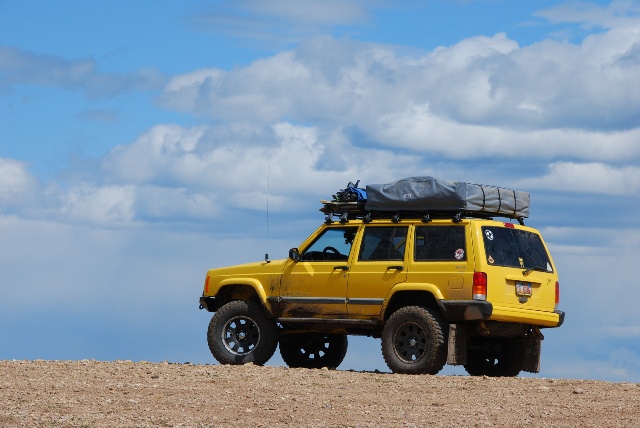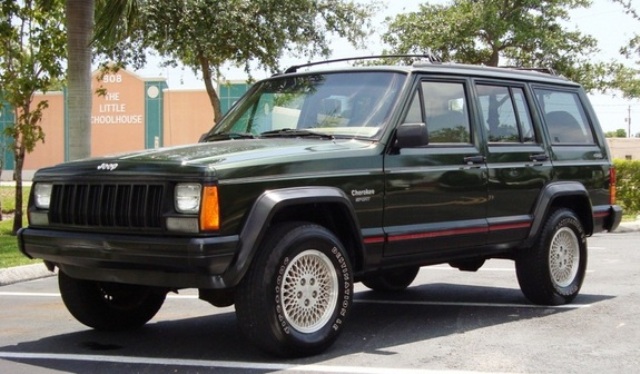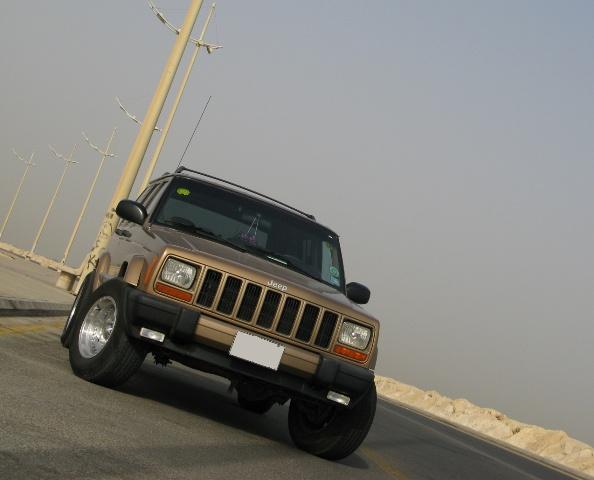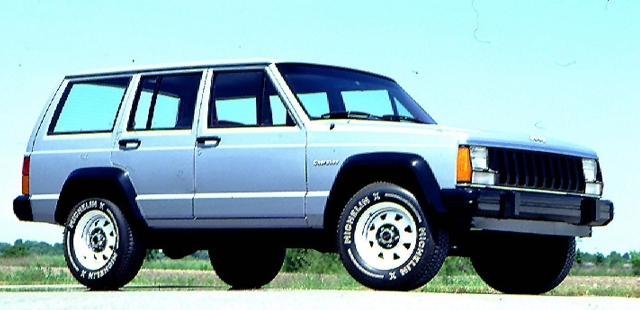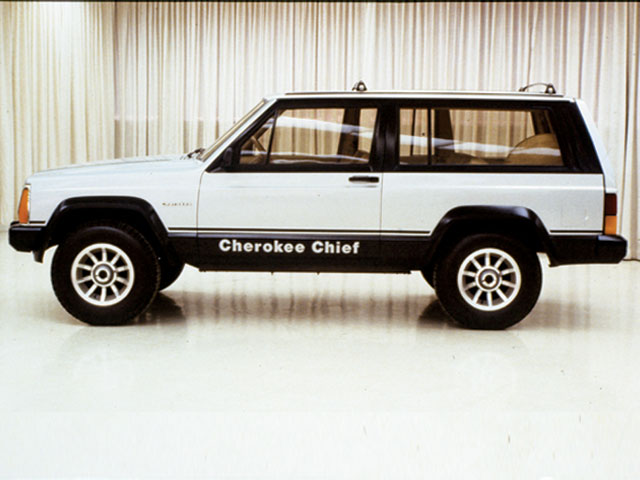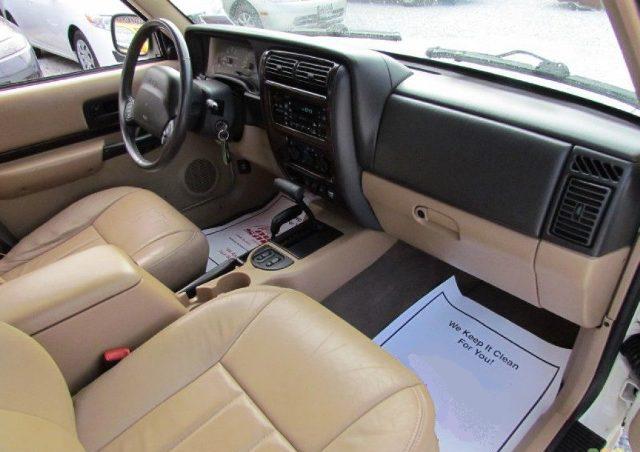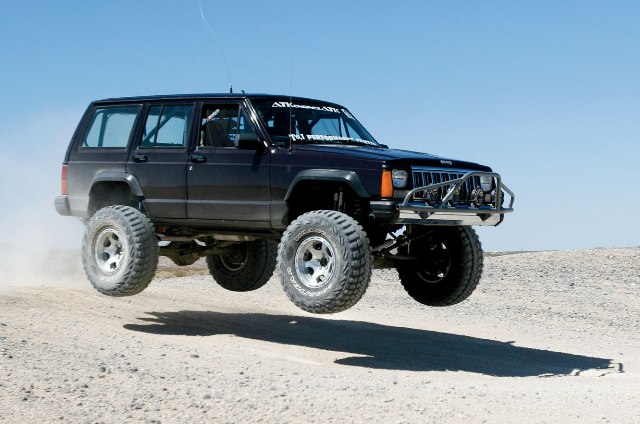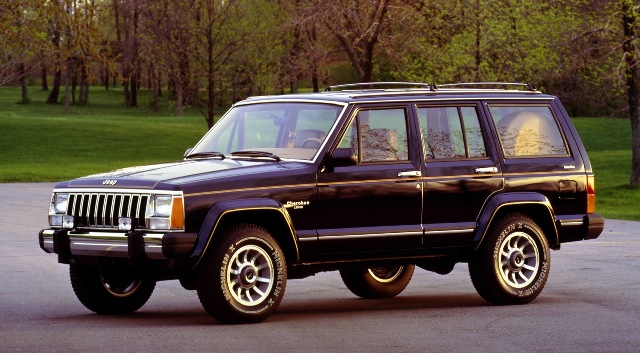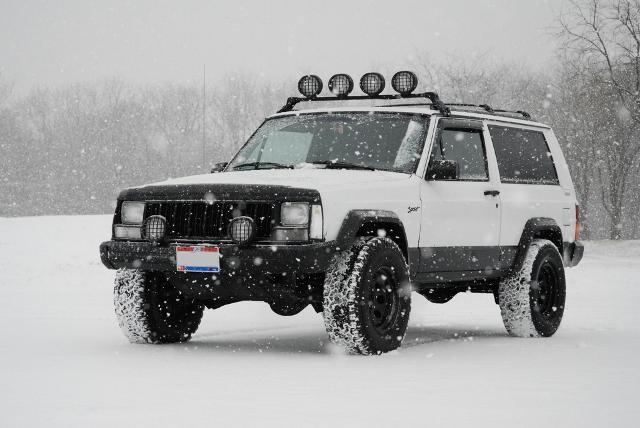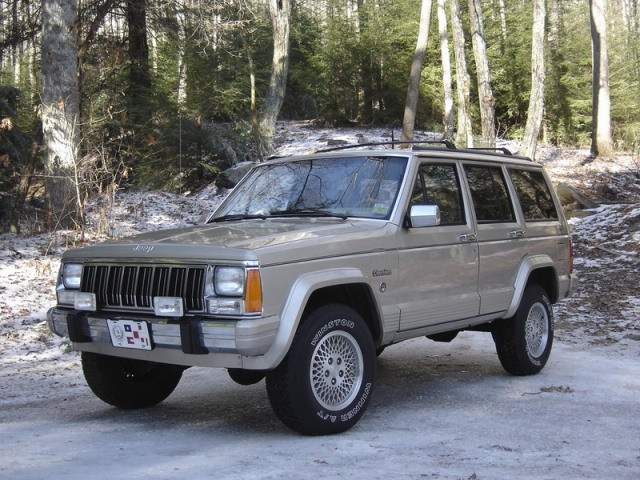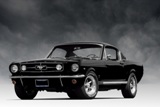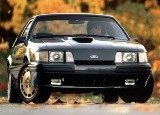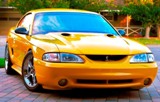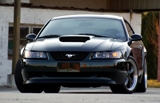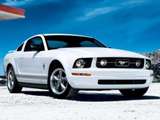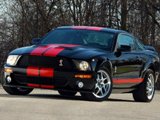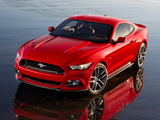Enthusiast's Corner
The World’s Greatest SUV’s - 1984-2001 Jeep Cherokee: Pure Genius out of Desperation
Written by James Dolan
Little did anyone know how popular and influential this compact 4x4 would become when introduced in the autumn of 1983. The Jeep Cherokee can single handedly be credited for the rise in popularity of the modern SUV. In the mid to late 1980’s it seemed as if there was at least one Jeep Cherokee parked in a driveway on just about every street, any middle to upper-middle class neighborhood in North America. When other manufacturers missed the mark by only offering their compact utility vehicles in a two door body style the good people at American Motors Corporation, Jeep’s parent company, took the extra time, money and risk to offer both two and four door body styles and it paid off with huge dividends. American Motors was in need of cash and desperately needed a winner in the market place and this was it.
When the Jeep Cherokee was being designed in the late 1970’s and early 80’s American Motors was in trouble, deep financial trouble. The company was hemorrhaging money to the tune of $73.8 million during 1975 and 1976 and it didn’t stop there. Eventually AMC partnered with Renault and this gave the company a much needed infusion of cash to keep the doors open and factories in production. It also allowed the resources for AMC to design and produce a new vehicle.
One of the bright spots in the American Motors family was the Jeep division. In the late 70’s Jeeps were both popular and profitable however when energy prices started to soar Jeep sales fell off the map. The marketing people knew that the public loved Jeeps for their go anywhere capability, their practicality and durability, the only thing holding back Jeep sales was their lack of fuel efficiency and in some cases their large size. With this in mind the decision was made to design and build an all new compact Cherokee that would be easy on gas yet would be just as capable as its larger siblings in the Jeep family.
Most people think that the 1984-2001 Jeep Cherokee is a quintessentially American SUV and that isn’t exactly the case. There was a heavy French influence in the design of the Cherokee. Both AMC and Renault designers and engineers teamed up to create the Cherokee. Both companies were desperate to produce a vehicle that would be a success in the market place and best ideas from America and Europe were used for the new Cherokee. The Cherokee’s innovative appearance both inside and out was heavily influenced by the engineers at Renault who were able to use their expertise in space efficiency with the subtle details being handled by the Americans. While the French were busy with the styling the American Motors engineers were mainly focused on the mechanicals bits since they had years of experience making tough and reliable four wheel drive vehicles.
The new Jeep had a unit-body construction rather than the traditional body on frame construction use by truck and utility vehicles at the time. The Cherokee was also much smaller than its predecessor measuring 4 inches lower, 6 inches narrower and an amazing 21 inches shorter. This size reduction also meant that the Cherokee had lost almost 1000 pounds compared with the old version. The size and weight reduction made the new Cherokee much more manageable and nimble both on and off road. You could easily park the Cherokee in a suburban garage or arrow parking spaces at the mall. The new sized Jeep also had the off road agility and capability of the smaller CJ series Jeep with nearly the cargo and people carrying capacity of the much larger Jeeps. But perhaps one of the biggest advantages of the Cherokee over the competition from Ford and GM was that it was available in a four door body style, something that would take the competition years to emulate.
The Cherokee uses a solid axel suspension both front and rear and although this might sound like a throwback to earlier times it did make the Cherokee an incredible agile vehicle off road with the ability to climb over boulders and over just about any terrain you can throw at it. It does however have a couple of tweaks to make the vehicle much more livable on the urban streets. While the rear suspension uses an ancient leaf spring suspension with an anti roll bar and gas charged shocks, the front suspension was a little more innovative. The engineers called the new front suspension “Quadra-Link”. This coil spring suspension uses four control arms to control longitudinal movement and a panhard rod, also known as a track bar by hot rodders, to control the lateral movements of the axel. While this set up may not have the best handling on road as some of the best independent set ups, it does allow the vehicle to have some pretty amazing capabilities where there are no roads. Yet this set up still allowed for a smooth ride and decent road manners that was perfectly acceptable for most people for their commute to work or running errands.
Originally the Cherokee was powered by either an American Motors 2.5 litre four cylinder engine or a General Motors sourced 2.8 litre V6. For a short period between 1985 and 1987 a Renault sourced 2.1 four cylinder diesel was offered but it proved unpopular with North American buyer and was discontinued. But it is the legendary 4.0 litre inline six introduced for the 1987 model year that is the engine to have in the Cherokee. This engine was developed in just a shade over 2 years using many off the shelf parts in order to keep development and production costs very low. The 4.0 litre straight six is perhaps one of the best truck engines of all time. This engine is a real workhorse with high amounts of torque to get the Cherokee through just about anything that you can throw at it. The engine is also known for its longevity with the ability to go well over a half million kilometers before needing a rebuild. Not only is the engine powerful and reliable it is also a very smooth running engine, barely a vibration can be felt when running and is quiet at highway speeds compared to other truck engines. In 1991 a “High Output” version of the engine was introduced with 190 hp and even more torque for all those power hungry SUV drivers.
The Jeep Cherokee proved to be wildly successful in the market place. The 1980’s was the decade of excess and the yuppie (Young Urban Professional) and the Cherokee quickly became one of the vehicles to be seen in. It had an unbeatable combination of size, practicality, luxury appointments and style that appealed to buyers. The Cherokee was exactly what AMC-Renault wanted and desperately needed, however it wasn’t enough and the company could not survive. On March 9th 1987 the Chrysler Corporation bought out Renault’s stake in AMC, plus all the remaining shares. It was the Jeep division that Chrysler was after, primarily because of the success of the Cherokee. Although the replacement for the Cherokee was already in development by AMC at the time when Chrysler purchased the company it was decided not to replace the Cherokee with the new vehicle due to strong sales. Instead the new model, the Grand Cherokee, was sold along side the Cherokee for many years until it was finally discontinued in 2001.
I love the Cherokee because of its intelligent design, immense off road abilities and its size. It also looks pretty damn good as well. Perhaps the best part of the Cherokee is the story behind it. How during desperate times at a small auto manufacturer can bring a massive stroke of genius that was far better and wildly popular than its creators could have ever imagined. The Jeep Cherokee deserves to be on this list not for its popularity but because it really is one of the best damn SUV’s ever made, period.
Most Popular Articles

Japanese Nostalgic Vehicles: The next trend in classic cars
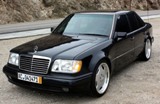
Five Sports Sedan's I'd Love to Own
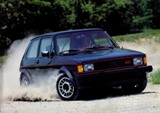
Hot Hatchbacks From the 1980's

Volvo 200 Series: An Unappriciated Classic
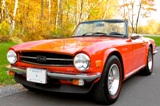
Triumph TR-6: Music to Anyone's Ears
Fifty Years of Mustang
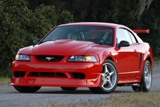
1999-2001 Ford Mustang SVT Cobra
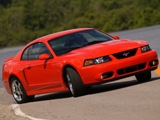
2003-2004 Ford Mustang SVT Cobra
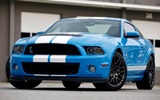
2010-2014 Ford Mustang Shelby GT500
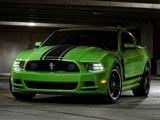
2012-2013 Ford Mustang Boss 302

